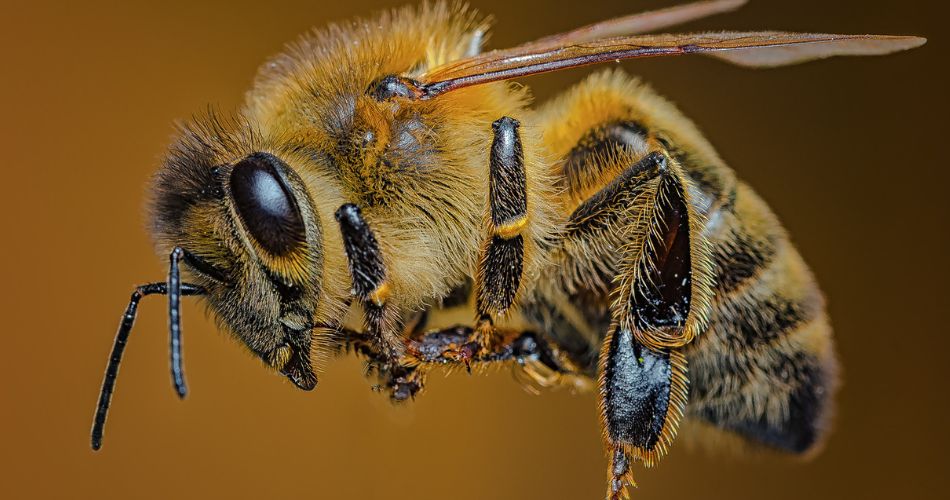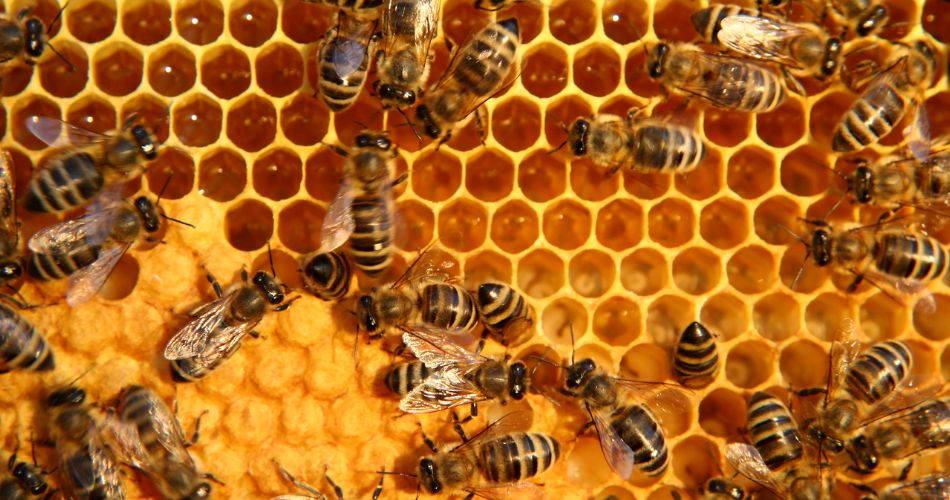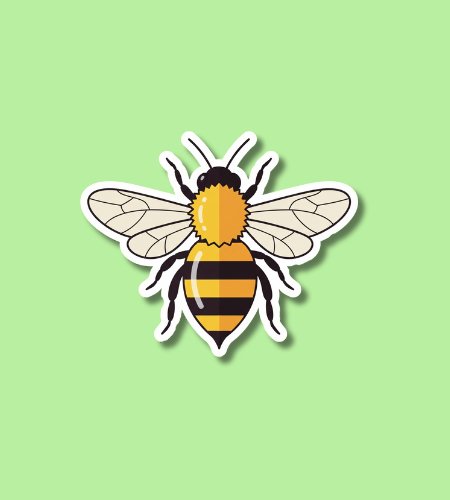World Honey Bee Day is observed on the third Saturday in August, a cheerful nudge to appreciate honey bees, support beekeepers, and learn simple ways to protect these tiny agricultural powerhouses.
History of World Honey Bee Day
The observance began in 2009 when U.S. beekeepers rallied for an official day that would spotlight honey bees and the people who care for them, gaining a federal proclamation and organizing the first nationwide celebration that August. From the start, the goal was as practical as it was celebratory—educate the public, highlight beekeeping, and encourage actions that help bees thrive.
In the years that followed, the event spread beyond beekeeping circles and picked up a friendlier, global-facing name—World Honey Bee Day—while keeping its original spirit intact. Holiday calendars and awareness sites around the world now mark the date, sharing tips, stories, and activities that honor bees and the beekeepers who steward them.
Why is World Honey Bee Day important?
If you’ve ever watched a bee tumble into a flower and fly off dusted in pollen, you’ve seen real teamwork between nature and our dinner plates in action. This day gives us language and momentum to protect that partnership, turning a vague “save the bees” sentiment into concrete steps—planting forage, rethinking pesticides, and valuing local beekeeping knowledge that keeps colonies healthy.
It also reconnects us with food and place in a way that feels grounding. Learning where honey comes from, meeting a local beekeeper, or tasting varietals from your region turns a jar on the shelf into a story about seasons, blossoms, and care. That personal connection is what sustains long-term attention long after the hashtags fade.
- It reminds us that small creatures carry big jobs.
- It spotlights the quiet craft of beekeeping.
- It turns worry into doable actions at home.
- It adds sweetness—literally—to the way we learn and help.
- It encourages communities to plant and protect habitat.
Interesting facts about the bee

- There are more than 20,000 bee species worldwide and roughly 4,000 in the U.S.; most of them are solitary, not hive-dwelling honey makers.
- Honey bees (Apis mellifera) aren’t native to North America; colonists brought them from Europe in the 17th century. 1
- About 75% of the world’s food-crop types depend, at least in part, on animal pollinators such as bees. 2
- Bumblebees can sense and learn floral electric fields—signals that help them decide which flowers to visit.
- Honey bees use a “waggle dance” that encodes direction and distance to food; radar tracking has verified that recruits follow the dance’s instructions.
- Honey resists spoilage thanks to low moisture, acidity, and naturally produced hydrogen peroxide; sealed honey can remain safe for years.
- A strong queen can lay roughly 1,500–2,000 eggs per day at peak season. 3
- In the U.S., USDA grade standards cap moisture in extracted honey at 18.6% for Grade A and B—higher moisture risks fermentation.
- Male bees (drones) develop from unfertilized eggs and are haploid; they’re stingless, unlike workers and queens.
- Worker honey bees often die after stinging mammals because their barbed stinger tears free (autotomy); queens have smoother stingers and can sting repeatedly. 4
- Bees can see ultraviolet; many flowers display UV “nectar guides” that help bees find rewards.
- Honey bee colonies regulate brood-nest temperature tightly around ~34–36°C (93–97°F), using fanning and clustering to keep developing young safe.
- Beeswax is costly to make—colonies consume roughly 8–10 pounds of honey to secrete about 1 pound of wax.
- Honey bees typically forage over several kilometers and can travel well beyond 6 km when needed. 5
- Bees navigate with a solar compass and can also use patterns of polarized skylight to orient even when the sun is obscured.
- Bees gather plant resins to make propolis (“bee glue”), which they use to seal gaps in the hive and which has antimicrobial properties.

How to Celebrate World Honey Bee Day
Keep it easy and close to home. Pick a couple of bee-friendly plants that suit your climate, set out shallow water with pebbles for safe sipping, and leave a patch of your yard a little wild so flowers can bloom between mowings. If you can, buy a jar of local honey and ask the seller about the blossoms behind its flavor—you’ll never look at toast the same way again.
You can also lend a hand to the humans who keep bees going. Share a post from your neighborhood beekeeper, join a short workshop at a community garden, or drop off supplies a local club requests. Not ready for your own hive? Consider a seasonal “foster” arrangement with a beekeeping group, or simply promise to avoid spraying insecticides when flowers are in bloom.
- Plant two nectar-rich flowers and skip the pesticides.
- Buy local honey and learn which flowers flavored it.
- Add a pebble-filled water dish for pollinators.
- Thank a beekeeper for the work you rarely see.
- Share one practical bee tip with friends.
World Honey Bee Day Dates Table
| Year | Date | Day |
|---|---|---|
| 2025 | August 16 | Saturday |
| 2026 | August 15 | Saturday |
| 2027 | August 21 | Saturday |
| 2028 | August 19 | Saturday |
| 2029 | August 18 | Saturday |
- https://www.nrcs.usda.gov/sites/default/files/2024-06/Honey%20Bee%20SD-FS-94%206-24.pdf[↩]
- https://www.fao.org/pollination/about/en[↩]
- https://www.britannica.com/topic/beekeeping[↩]
- https://ucanr.edu/blog/bug-squad/article/why-do-honey-bees-die-when-they-sting[↩]
- https://www.britannica.com/science/propolis[↩]
Subscribe to our newsletter and never miss a holiday again!

